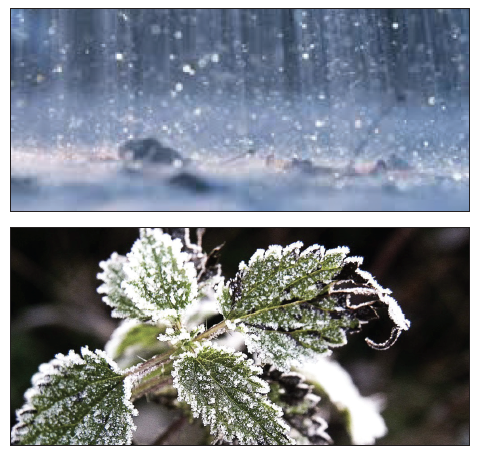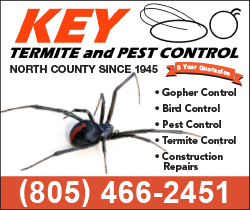Winter weather preparation
–Rain, ice, snow and wind can have devastating consequences on your home. Homeowners should take the following precautions:
Outside your home
- Clean out gutters: Remove leaves, sticks and other debris from gutters. This can prevent water/ice damming, a condition where water is unable to drain through the gutters and instead seeps into the house causing water to drip from the ceiling and walls.
- Install gutter guards: Gutter guards prevent debris from entering the gutter and interfering with the flow of water away from the house and into the ground.
- Trim trees and remove dead branches. Heavy rains and wind could cause weak trees or branches to break and damage your home or car, or injure someone walking by your property.
- Seal cracks and holes in outside walls and foundations. Use caulking to seal around any wall openings to prevent cold air and moisture from entering your home. Caulk and install weather stripping around windows and doors to prevent warm air from leaking out and cold air from blowing in.
Inside your home
- Keep the house warm: Set the thermostat for at least 65 degrees—since the temperature inside the walls, where the pipes are located, is substantially colder a lower temperature will not keep the pipes from freezing.
- Add extra insulation to attics and crawl spaces: Well-insulated attics and crawl spaces will also help protect pipes from freezing. You may also consider insulating unfinished rooms such as garages to keep pipes from freezing.
- Have the heating system serviced: Furnaces, chimneys and dryer vents should be serviced at least once a year to prevent fire and smoke damage.
- Check pipes: Look closely for cracks and leaks and have the pipes repaired immediately. Pipes in attics and crawl spaces should be protected with insulation. Pipe insulation is available in fiberglass or foam sleeves.
- Install an emergency pressure release valve in your plumbing system: This will protect the system against increased pressure caused by freezing pipes and can help prevent your pipes from bursting.
- Remove combustible items placed near any heat sources: This includes wood stoves and space heaters.
- Install smoke and carbon monoxide detectors and make sure they are working properly: Not only do residential fires increase in the winter, but so does carbon monoxide poisoning.
- During freezing weather, drip faucets to prevent broken water pipes: Drip both hot and cold water at faucets in kitchen and bathroom. This not only keeps water moving through the pipes, but also relieves built-up water pressure in the pipes if they should freeze. Set single lever faucets in the center so both hot and cold lines drip.
- If you turn on a faucet and only a trickle comes out, suspect a frozen pipe. Likely places for frozen pipes include against exterior walls or where your water service enters your home through the foundation.
- Keep the faucet open. As you treat the frozen pipe and the frozen area begins to melt, water will begin to flow through the frozen area. Running water through the pipe will help melt ice in the pipe.
- Apply heat to the section of pipe using an electric heating pad wrapped around the pipe, a hair dryer, a portable space heater (kept away from flammable materials), or by wrapping pipes with towels soaked in hot water. Do not use a blowtorch, kerosene or propane heater, charcoal stove, or other open flame device.
- Apply heat until full water pressure is restored. If you are unable to locate the frozen area, if the frozen area is not accessible, or if you cannot thaw the pipe, call a licensed plumber.
- Check all other faucets in your home to find out if you have additional frozen pipes. If one pipe freezes, others may freeze, too.
Learn how to shut the water off and know where your pipes are located. If your pipes freeze, time is of the essence. The quicker you can shut off the water or direct your plumber to the problem, the better chance you have to prevent pipes from bursting.
Posted in: Resources









